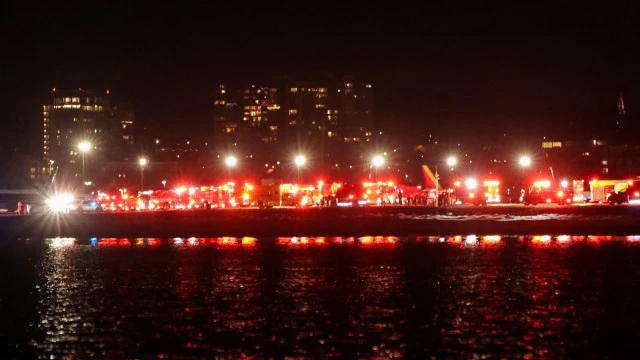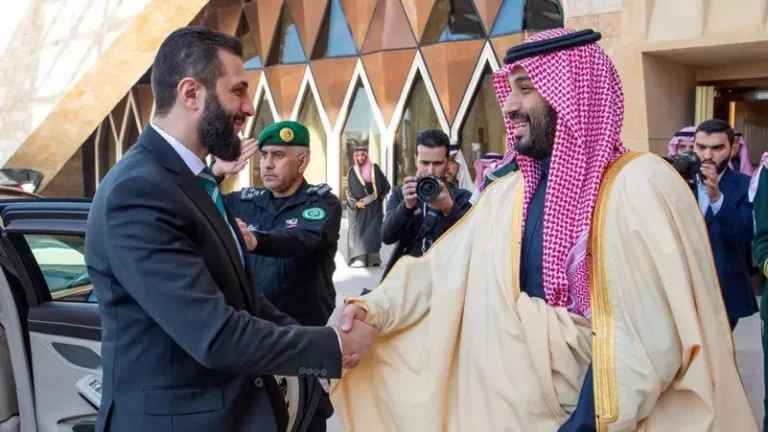Half a Million U.S.-Funded Weapons Unaccounted for After Taliban Takeover: UN and BBC Reports
A troubling new report from the BBC, corroborated by the United Nations, has revealed that approximately 500,000 weapons — part of the vast military stockpile seized by the Taliban during their takeover of Afghanistan in 2021 — are now either missing, smuggled, or sold to militant groups.
When the Taliban swiftly regained control of Afghanistan in August 2021, they inherited a significant cache of military equipment. A former Afghan official, speaking to the BBC under anonymity, stated that close to one million items of weaponry and equipment, primarily supplied and funded by the United States, were seized. This included modern firearms like the M4 and M16 rifles, along with older weapons left behind after decades of conflict.

According to sources familiar with a closed-door United Nations Security Council Sanctions Committee meeting in Doha, the Taliban themselves admitted that at least half a million pieces of military equipment are now “unaccounted for.” This staggering number has raised significant concerns among global security experts and intelligence communities.
Weapons Reaching Militants
The UN report, released in February, confirms that Al-Qaeda affiliates — including Tehreek-e-Taliban Pakistan (TTP), the Islamic Movement of Uzbekistan, the East Turkestan Islamic Movement, and Yemen’s Ansarullah movement — have gained access to these Taliban-captured weapons. These arms are reaching militants either directly through Taliban sources or via the black market, according to the report.
Despite these findings, Taliban officials deny the accusations. Hamdullah Fitrat, the deputy spokesperson for the Taliban government, told the BBC that “all light and heavy weapons are securely stored,” rejecting any claims of smuggling or loss.
Black Market and Local Commanders
However, UN investigations paint a different picture. A 2023 UN report stated that the Taliban allowed local commanders — many of whom operate autonomously — to keep around 20% of the weapons they had seized. This decentralised control has fuelled a thriving black market, where weapons are freely traded, gifted, or sold as commanders seek to build loyalty and consolidate power.
Adding to the concern, a former journalist from Kandahar revealed that an open arms market flourished in the city for over a year after the Taliban takeover. Although that market has since gone underground, it now operates through WhatsApp, with commanders and wealthy individuals buying and selling American-made weapons with ease.
U.S. Accountability and Oversight Failures
The Special Inspector General for Afghanistan Reconstruction (Sigar) has long raised alarms about inadequate tracking of U.S. military equipment in Afghanistan. A 2022 Sigar report acknowledged that the Department of Defense (DoD) had serious “shortfalls” in tracking weapons over the past decade, and criticised the State Department for providing “limited, inaccurate, and untimely information” regarding the extent of equipment left behind. The State Department has rejected these claims.
Sigar also noted that overlapping efforts from different U.S. departments made it impossible to determine exactly how many weapons and vehicles were supplied to Afghan forces over the years.
Political Fallout in the U.S.
The issue has become highly politicised in the United States. Former President Donald Trump, during a cabinet meeting, slammed the U.S. withdrawal and vowed to reclaim the estimated $85 billion worth of equipment, although this number is debated. He said:
“Afghanistan is one of the biggest sellers of military equipment in the world, you know why? They’re selling the equipment that we left.”
He added that the U.S. might even consider paying to get the weapons back, though experts widely believe such efforts would be futile.
In response, Taliban spokesperson Zabiullah Mujahid insisted that the seized weapons now belong to Afghanistan. He stated:
“We seized these weapons from the previous administration and will use them to defend the country and counter any threats.”
The Reality on the Ground
While U.S. forces claimed to have disabled much of the high-end equipment before withdrawal, reports suggest otherwise. The Taliban have successfully used Humvees, firearms, and other tactical gear, even if advanced vehicles and helicopters remain largely idle due to operational challenges.
According to former Sigar head John Sopko, the idea of reclaiming the weapons is “pointless.” The cost and risks involved would far exceed the potential benefits.
Conclusion
The unaccounted-for weapons represent a serious global security threat, particularly as they continue to flow into the hands of extremist organisations across Central and South Asia, the Middle East, and beyond. Despite denials from the Taliban, the UN and multiple intelligence sources remain firm in their warnings. As the U.S. and its allies assess their next steps, the legacy of the 2021 withdrawal continues to cast a long shadow over regional stability.






